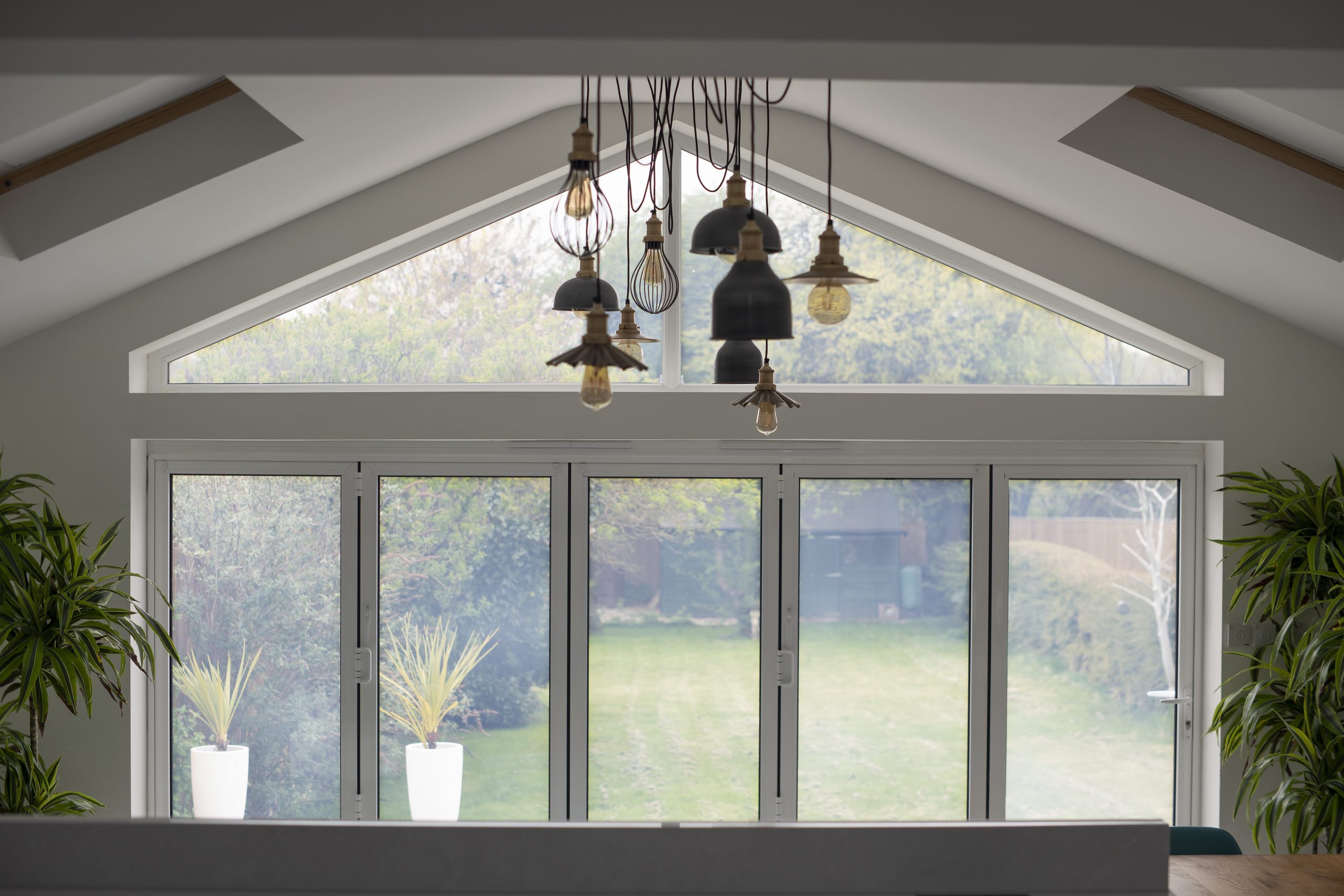Introduction
Smart glass, a revolutionary technology at the intersection of functionality and aesthetics, has taken the world of interior design by storm. In this comprehensive guide, we’ll explore the various aspects of incorporating smart glass into interior spaces, its benefits, applications, challenges, and future trends.
Whether you’re designing for a commercial space, a residential project, or a hospitality establishment, smart glass offers an array of opportunities to create dynamic and flexible environments that respond to changing needs.
What is Smart Glass?
At its core, smart glass is a versatile architectural material that can change its transparency and opacity properties based on external stimuli. This technology relies on advancements in nanotechnology, electronics, and materials science to deliver a transformative experience within interior spaces. There are several types of smart glass, including:
Electrochromic Smart Glass
Electrochromic smart glass allows users to control the tint and transparency of glass surfaces using an electrical voltage. This type of glass is commonly used in windows, skylights, and glass partitions, providing instant privacy control and glare reduction.
Thermochromic Smart Glass
Thermochromic smart glass responds to temperature variations, adjusting its tint and transparency. It’s ideal for spaces where temperature regulation and solar heat gain are critical factors.
PDLC (Polymer Dispersed Liquid Crystal) Smart Glass
PDLC smart glass contains microscopic liquid crystal droplets that align or disperse based on electrical voltage. When the droplets align, the glass becomes transparent; otherwise, it appears opaque.
SPD (Suspension Particle Device) Smart Glass
SPD smart glass incorporates suspended particles that can change orientation when subjected to an electric field, altering the glass’s transparency. It’s commonly used in skylights, windows, and partitions.
Benefits of Using Smart Glass in Interior Design
Enhancing Natural Light and Views
Smart glass can optimise the entry of natural light while reducing glare, enhancing the visual appeal of interior spaces and creating a more inviting atmosphere.
Privacy Control and Flexible Space Utilisation
Smart glass provides on-demand privacy, transforming transparent surfaces into opaque ones with the flick of a switch. This feature is particularly valuable in conference rooms, bathrooms, and bedrooms.
Energy Efficiency and Sustainability
By controlling the amount of sunlight entering a space, smart glass contributes to energy savings by reducing the need for artificial lighting and HVAC systems.
Applications of Smart Glass in Interior Design
Smart Glass Windows and Partitions
Smart windows can adjust their tint to regulate sunlight and maintain a comfortable indoor temperature. Glass partitions can transform open spaces into private meeting rooms without sacrificing natural light.
Smart Glass Doors and Room Dividers
Smart glass doors offer privacy when needed and create a seamless transition between rooms. Room dividers made from smart glass can serve as dynamic design elements that adapt to various functions.
Smart Glass in Bathrooms and Kitchens
Incorporating smart glass in bathrooms ensures privacy without sacrificing the feeling of openness. In kitchens, it can transform cabinet doors into frosted surfaces, concealing clutter.
Factors to Consider When Using Smart Glass
While the benefits of incorporating smart glass into interior design are undeniable, there are certain factors that interior designers should consider:
Cost Considerations
Smart glass technology is innovative and comes at a premium cost compared to traditional glass. It’s crucial to factor in the initial investment and weigh it against the long-term benefits it brings to the space.
Maintenance and Durability
Smart glass requires proper maintenance to ensure its longevity and optimal performance. Interior designers should educate clients about maintenance routines and potential repair costs.
Compatibility with Design Aesthetics
Harmonising smart glass with the overall design aesthetic of a space is essential. Interior designers need to assess whether the modern and dynamic nature of smart glass aligns with the intended ambiance.
Tips for Designing with Smart Glass
Balancing Transparency and Opacity
Achieving the right balance between transparency and opacity ensures that the space remains adaptable while still maintaining the desired level of privacy.
Creating Dynamic Spaces
Leverage the transformative nature of smart glass to design spaces that can change their character at the touch of a button, creating memorable and versatile experiences.
Incorporating Smart Glass as a Design Element
Rather than treating smart glass as a mere functional component, integrate it as a design element. Use it to divide spaces, create focal points, and enhance the overall aesthetic.
Challenges and Limitations of Smart Glass
Transition Speed and Response Time
Some types of smart glass may have slower transition speeds, which could impact the user experience. Designers should consider the practical implications of transition times in dynamic environments.
Glare and Visibility Concerns
Smart glass might exhibit glare under certain lighting conditions. Designers need to carefully assess the positioning of smart glass surfaces to mitigate glare issues.
Long-Term Reliability
As with any technology, long-term reliability is a concern. Designers should collaborate with reputable manufacturers and suppliers to ensure the smart glass solution’s durability.
Future Trends in Smart Glass for Interior Design
Advancements in Smart Glass Technology
Ongoing research and development in smart glass technology are expected to yield even more sophisticated solutions, such as faster transition speeds and enhanced responsiveness.
Integration with Sustainable Design Principles
Smart glass aligns with sustainable design goals by reducing energy consumption. Future trends will likely see smart glass integrated more seamlessly with energy-efficient building systems.
Customisable Patterns and Designs
Designers can anticipate more customisable options, including patterns and designs embedded within the smart glass itself, adding an artistic and personalised dimension to interior spaces.
Choosing the Right Smart Glass Solution
Collaborating closely with reputable smart glass suppliers and manufacturers is crucial. Interior designers should choose solutions that align with the project’s requirements and design goals.
Cost Considerations and Budgeting
While the initial cost of smart glass might be higher, it’s essential to communicate the long-term savings in terms of energy bills and maintenance costs to clients.
Installation and Maintenance Process
Professional installation is paramount to ensure the optimal performance of smart glass. Additionally, educating clients about proper maintenance routines is vital for the glass’s longevity.
Educating Clients about Smart Glass
Interior designers play a pivotal role in educating clients about the benefits and functionalities of smart glass. Addressing concerns and misconceptions helps clients make informed decisions.
Conclusion
In the realm of interior design, smart glass stands as a testament to innovation’s transformative power. The ability to control transparency, enhance natural light, and create flexible spaces positions smart glass as a game-changer in the industry. As an interior designer, embracing this technology offers the chance to craft environments that adapt and respond to the ever-changing needs of inhabitants.
Who We Are
Tecdur is the leading manufacturer of smart glass for the UK and Ireland. Tecdur Switchable Glass provides the best clarity, lowest power consumption and lowest haze currently available. We can offer a wide range of specifications to meet project requirements with our switchable glass, cost is dependent on specification, application and design. Please get in contact with us to discuss further.
Please visit our portfolio for a look at completed projects. Keep up to date on our LinkedIn Showcase page
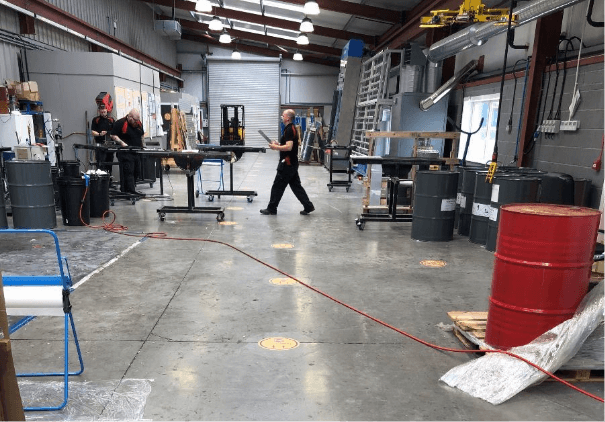
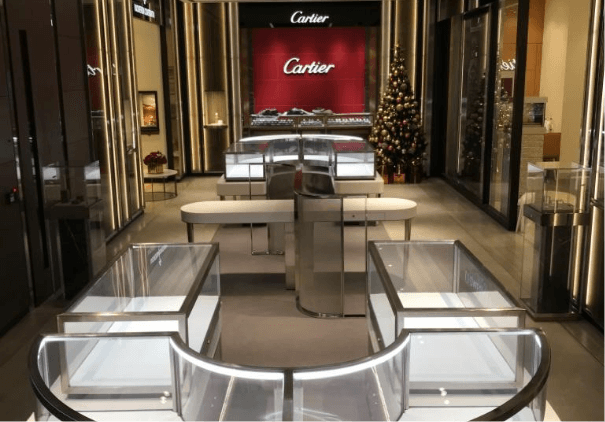
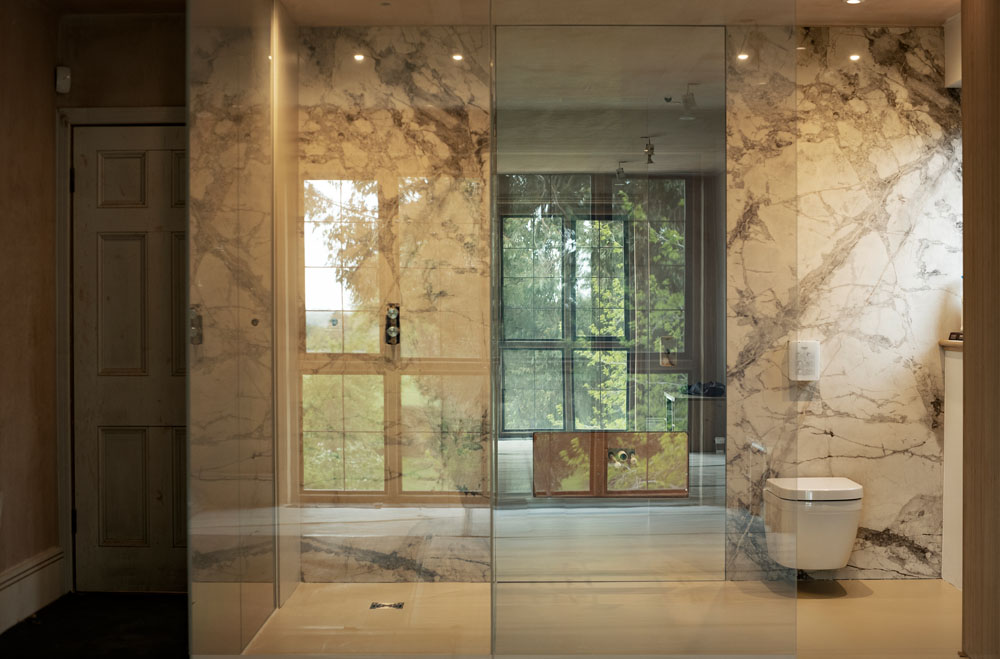
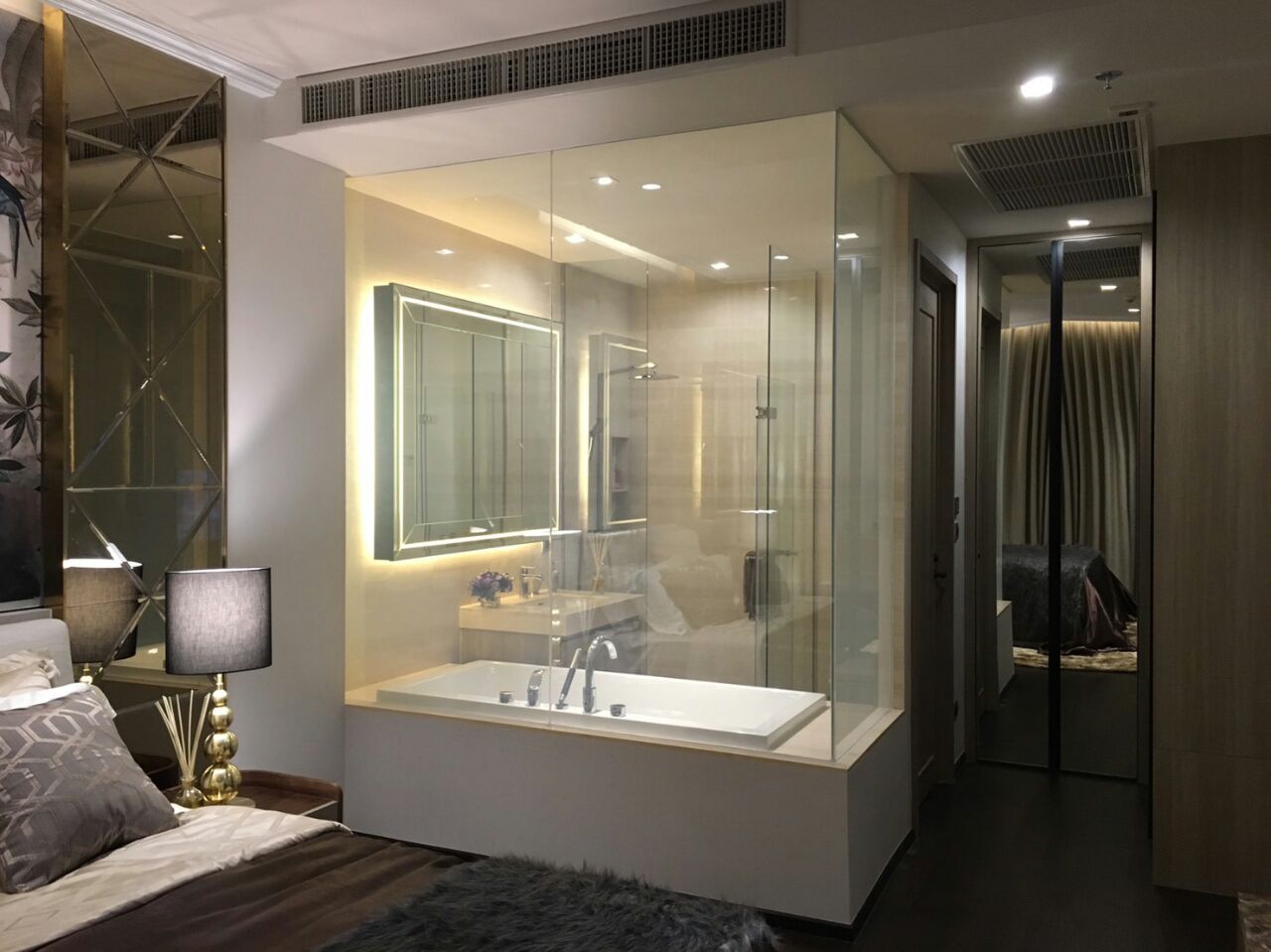
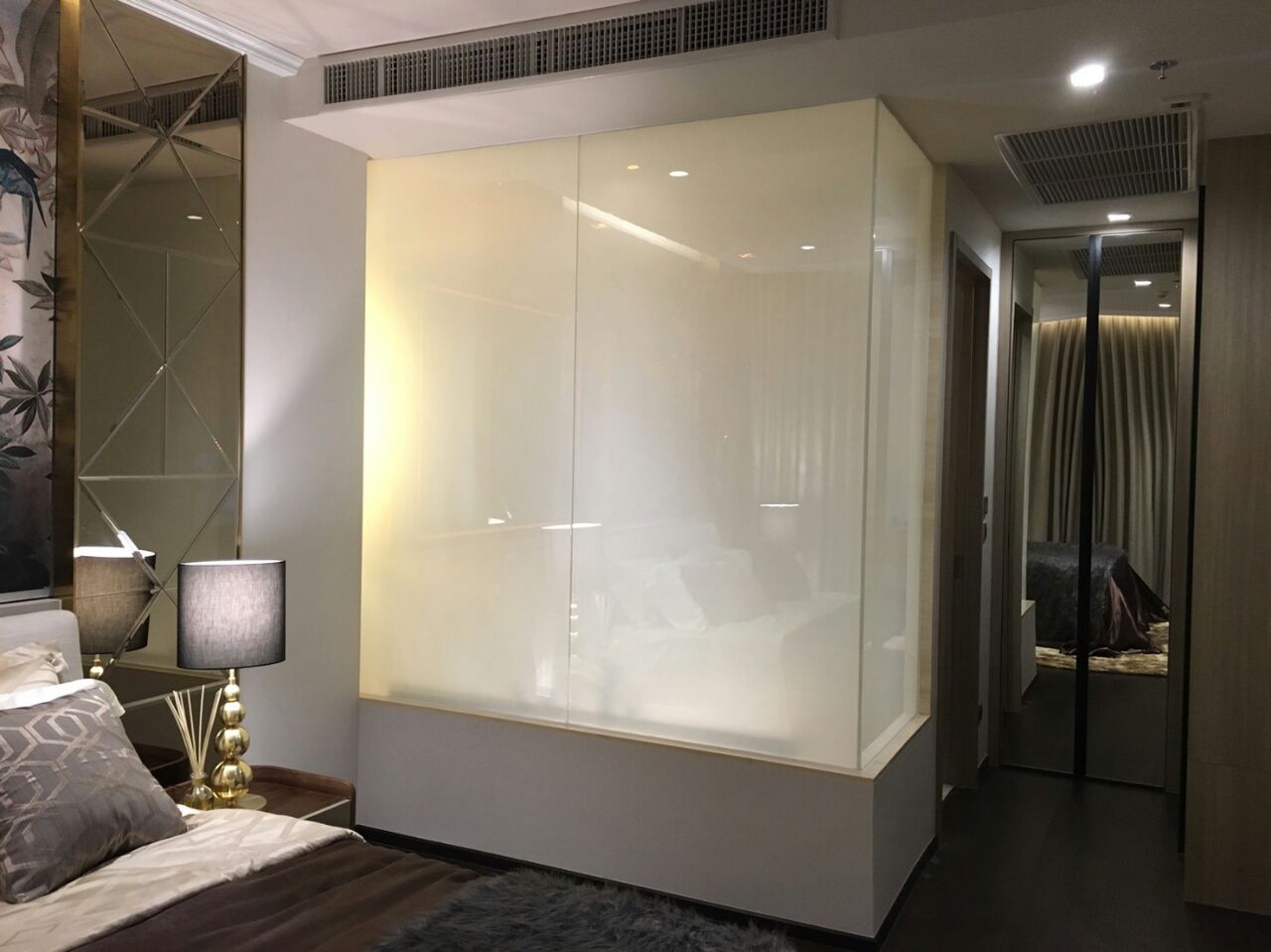
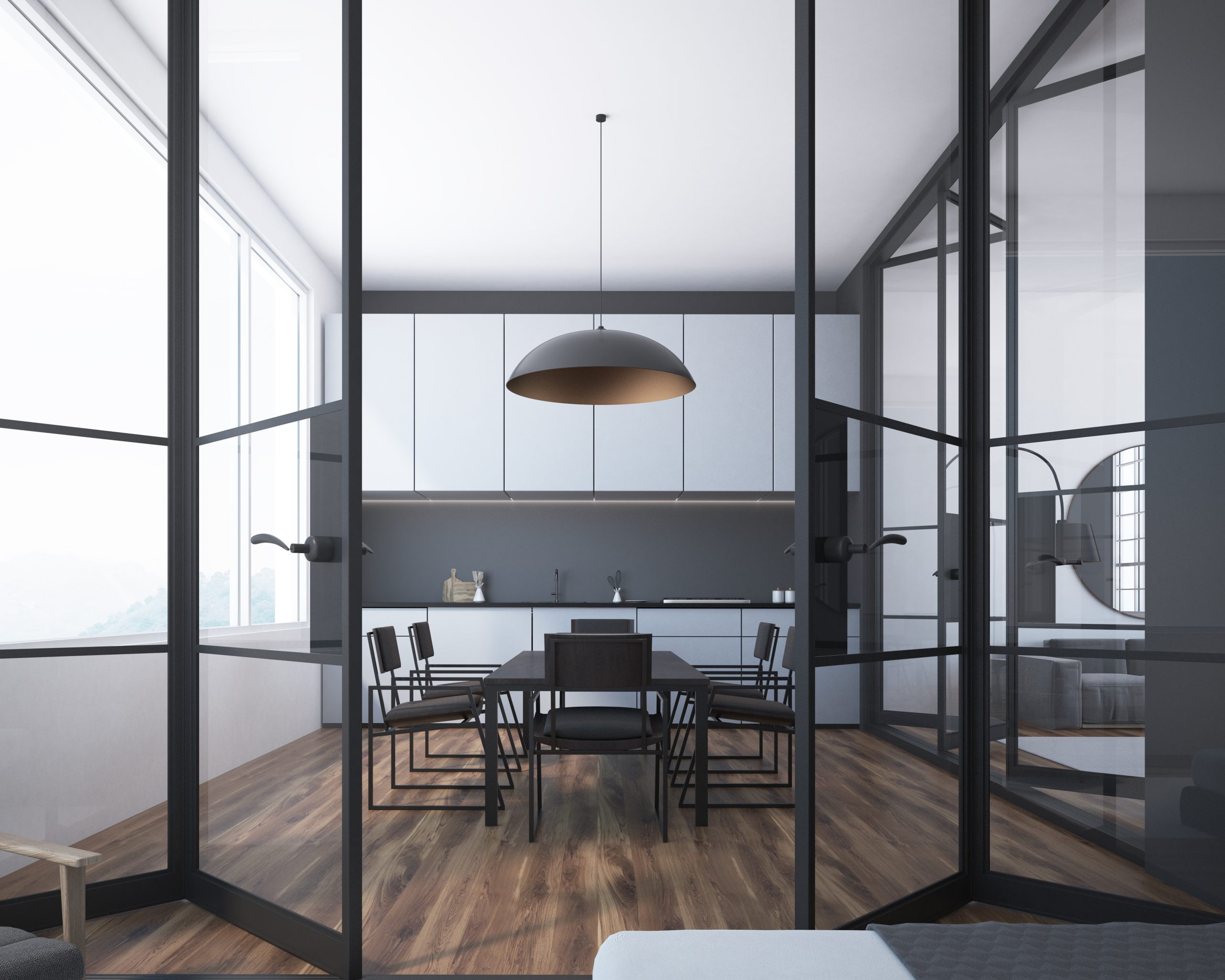
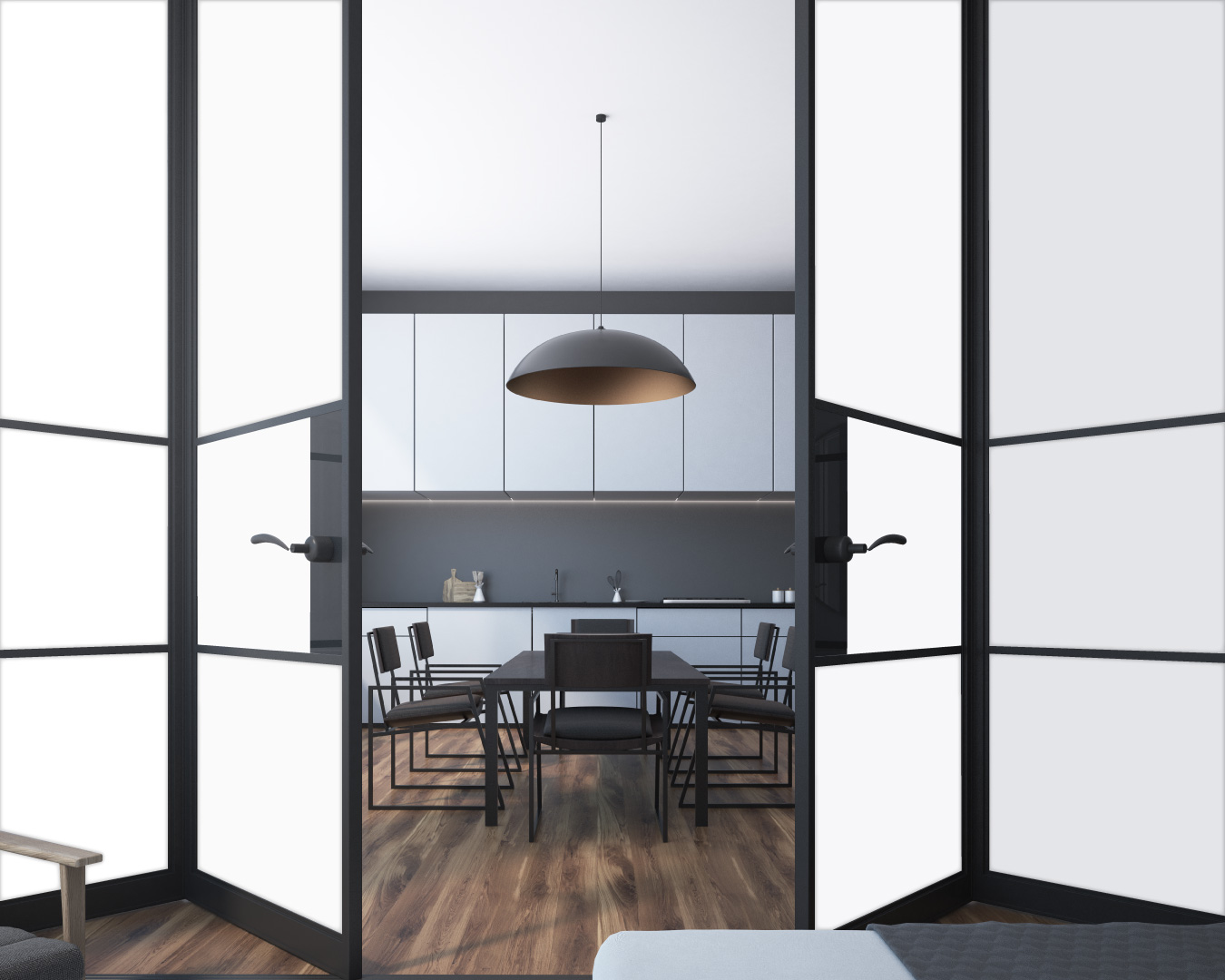
Frequently asked Questions
Smart glass is indeed suitable for residential use, offering benefits such as privacy control, enhanced natural light, and energy efficiency.
Yes, smart glass can be retrofitted into existing spaces, but it's important to consult with professionals to ensure a seamless integration.
The lifespan of smart glass can vary based on the type and manufacturer. On average, it can last around 10-20 years with proper maintenance.
While smart glass can be used in exterior windows, factors like extreme temperatures and rapid transitions might affect its performance.
The return on investment for smart glass is multifaceted, including energy savings, improved comfort, and enhanced property value.
